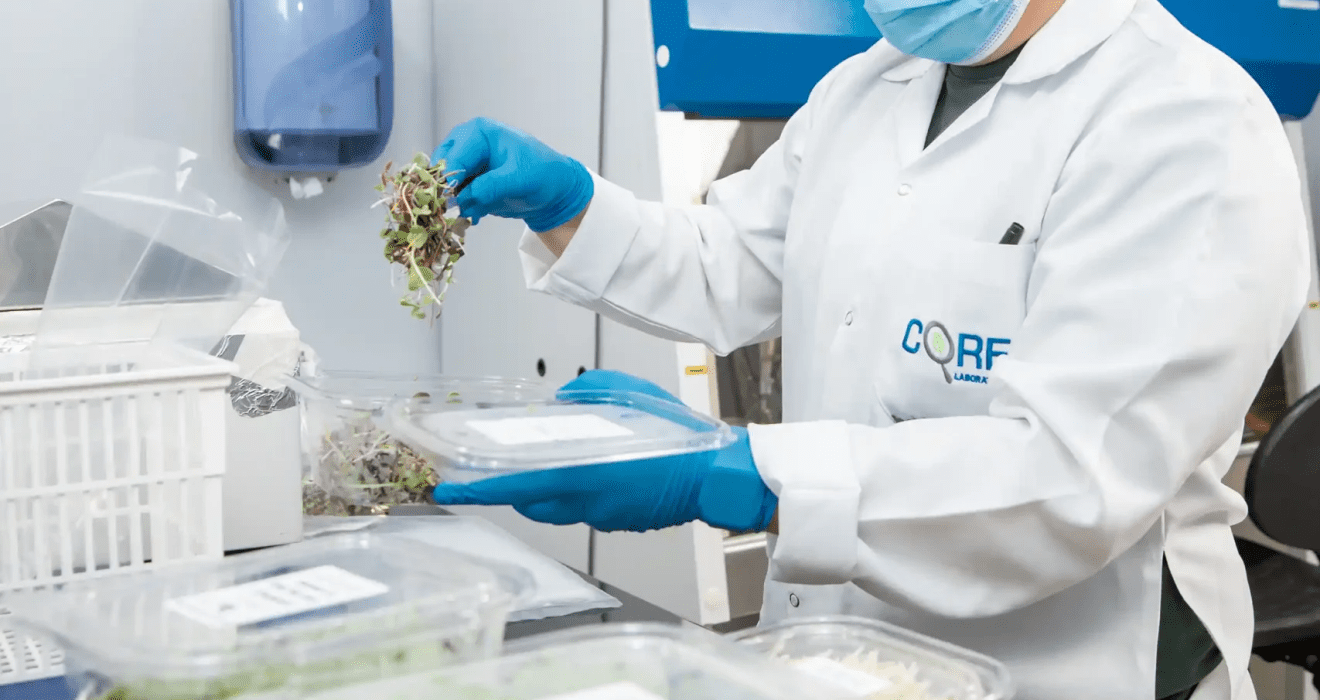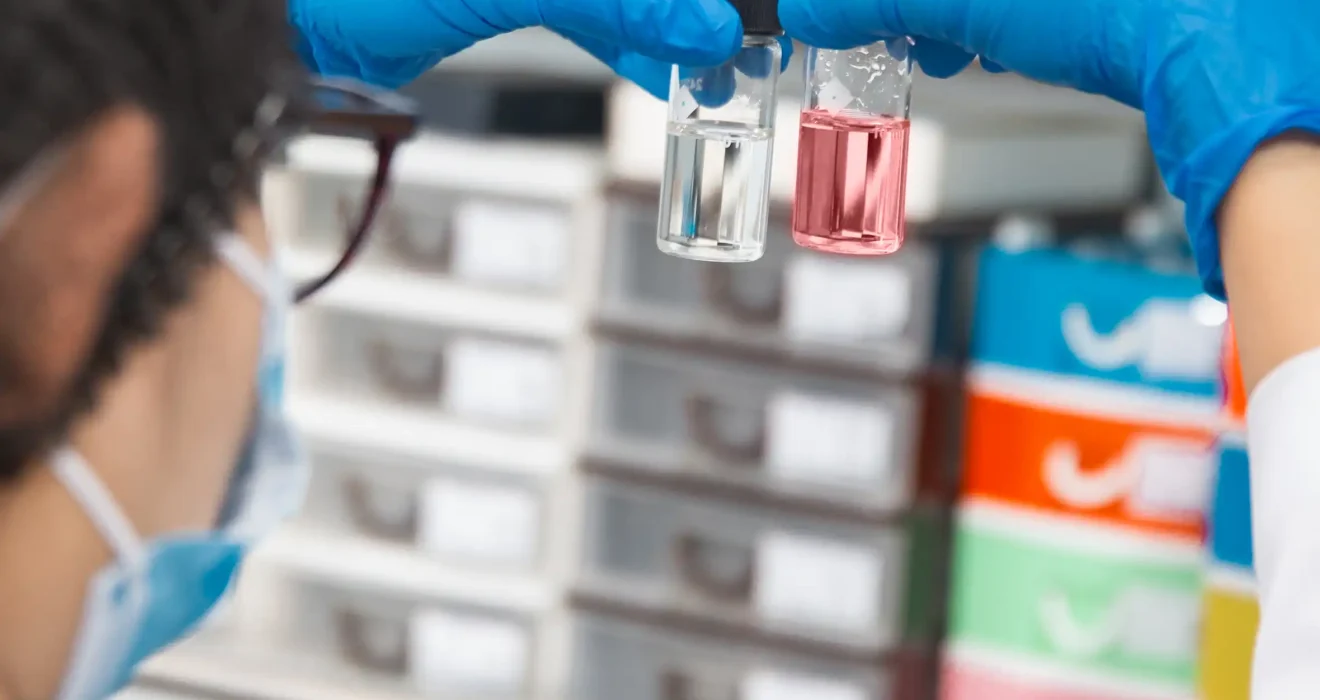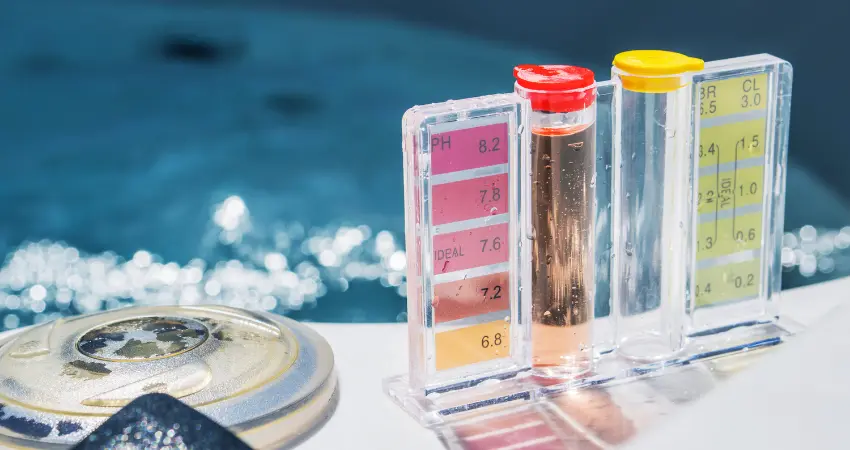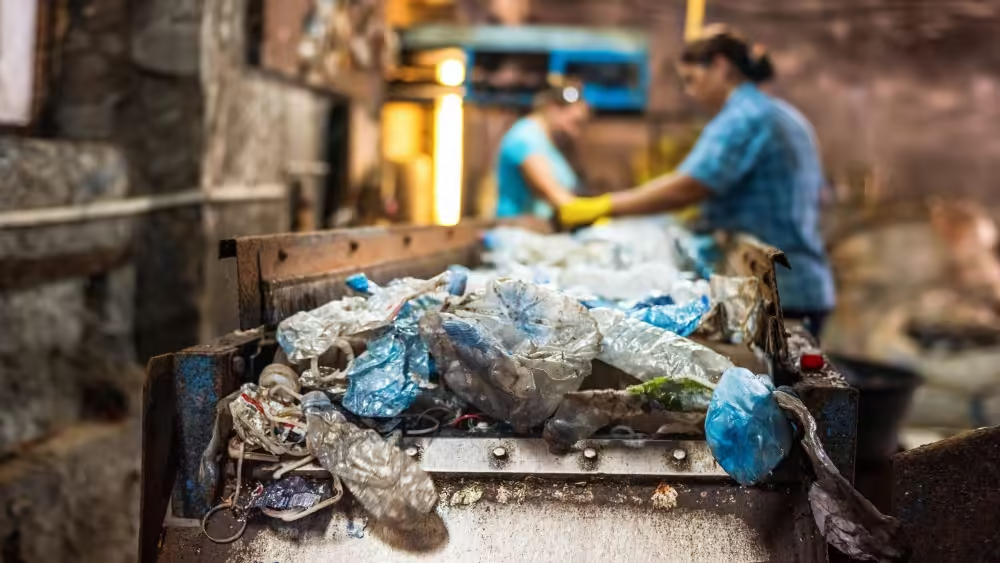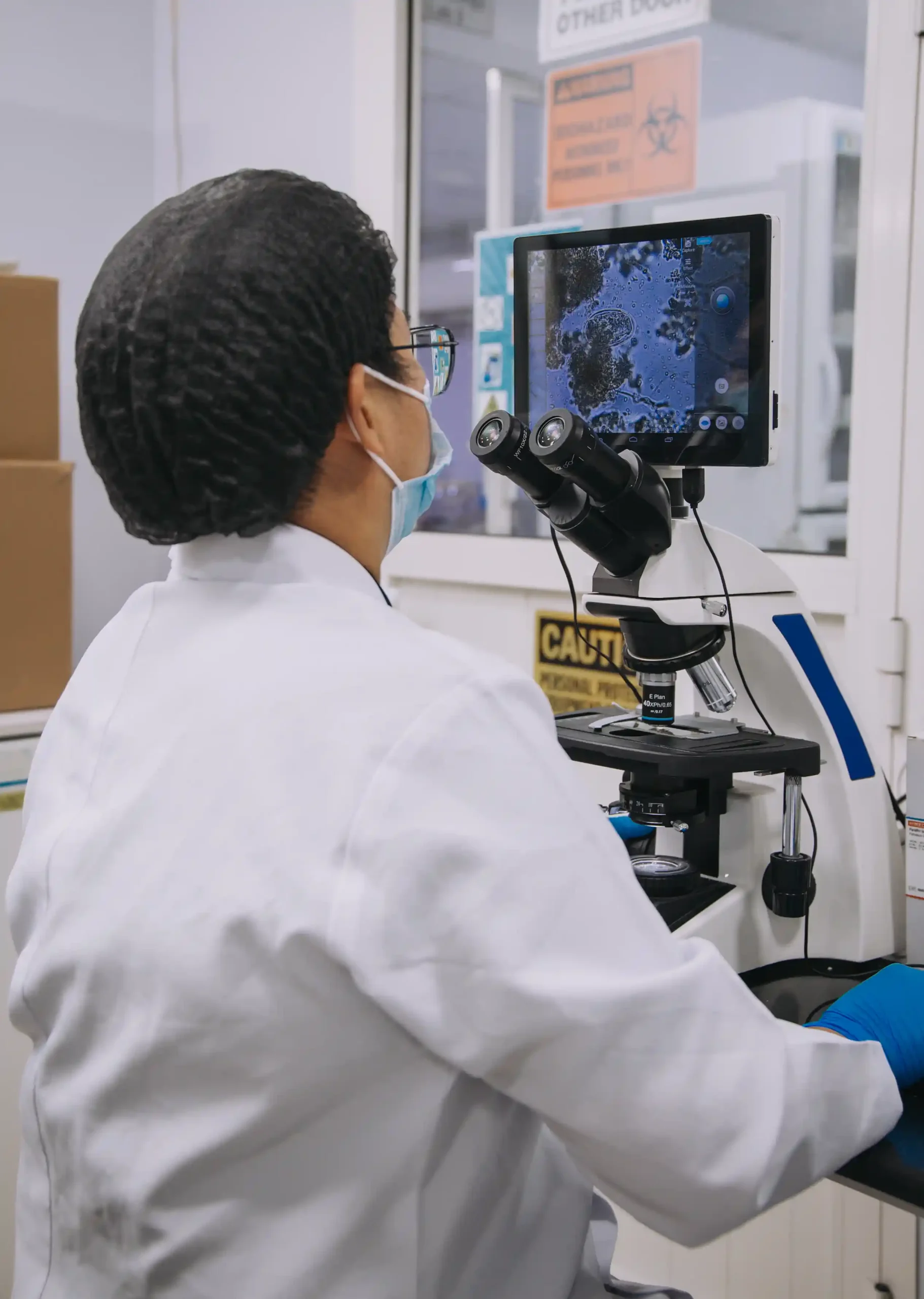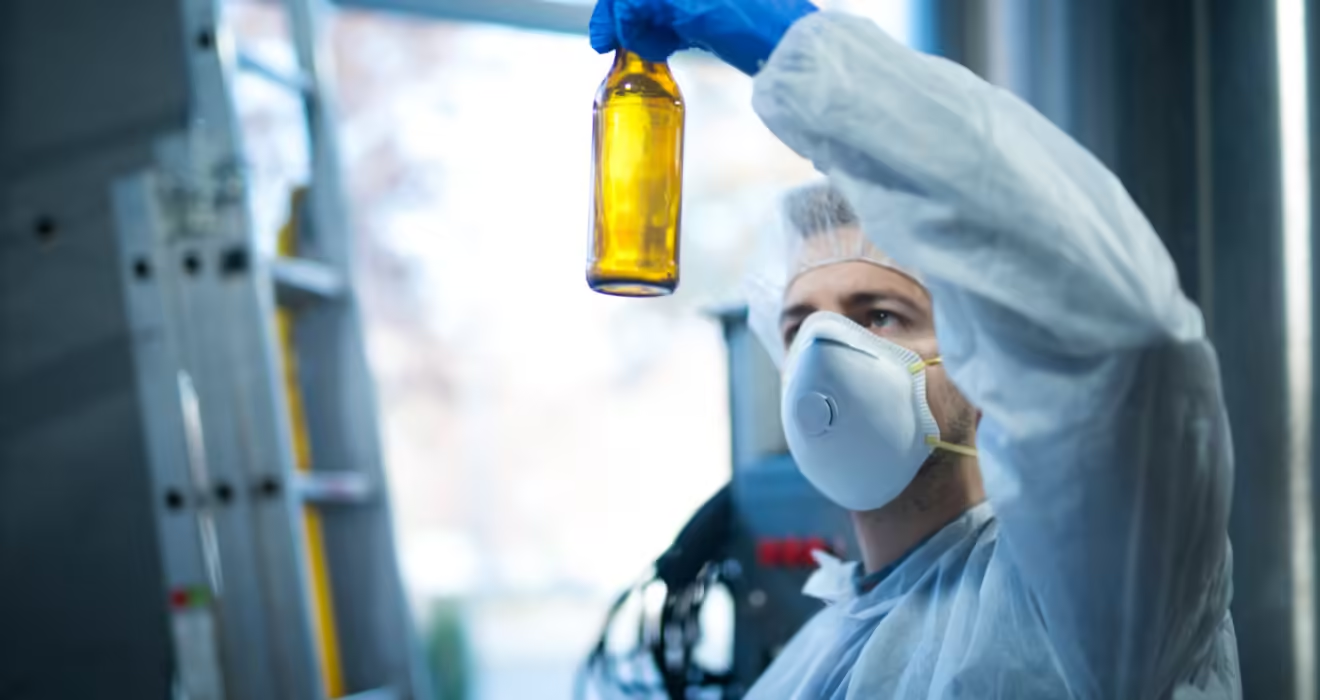In the world of laboratory testing and quality assurance, accreditation plays a vital role in ensuring that labs maintain the highest standards of reliability, competence, and credibility. For laboratories in the UAE and beyond, obtaining EIAC (Emirates International Accreditation Center) accreditation is a significant step towards establishing trust with clients and adhering to international best practices. In this blog, we will take an in-depth look at the EIAC accreditation process and why it’s crucial for laboratories, with insights from CORE Laboratory, an EIAC Emirates International Accreditation Center approved laboratory committed to delivering excellence in testing services.

What is EIAC Accreditation?
The Emirates International Accreditation Center (EIAC) is the national accreditation body in the UAE. EIAC provides formal recognition to laboratories, inspection bodies, and certification organizations that meet the requirements of international standards such as ISO/IEC 17025 for testing and calibration laboratories. Accreditation from EIAC assures clients that a laboratory operates with technical competence, follows rigorous standards, and delivers accurate and reliable results.
Being an EIAC Emirates International Accreditation Center approved laboratory signifies that the lab has passed a comprehensive evaluation process, demonstrating that it can consistently provide precise and trustworthy data that meets the needs of various industries, from healthcare to construction and environmental testing.
The EIAC Accreditation Process: Step by Step
Obtaining EIAC accreditation is a structured process, typically involving several key steps. Here's a breakdown of the accreditation journey:
- Preparation and Documentation
The first step in the EIAC accreditation process is preparing the laboratory for the assessment. This includes:
- Review of Existing Systems: Laboratories must ensure they have comprehensive quality management systems (QMS) in place that align with the standards required by EIAC.
- Document Control: Labs need to ensure all procedures, policies, and testing protocols are well-documented and up to date.
- Training: Laboratory staff should be properly trained in all areas that the accreditation will cover. This includes ensuring that personnel are aware of best practices in testing, calibration, and reporting.
- Application and Submission
Once the laboratory is prepared, it must submit an application for accreditation to the EIAC. This involves providing detailed information about the lab’s operations, scope of testing, and quality control measures. At this stage, the laboratory needs to clearly define the types of tests it conducts and demonstrate its technical expertise in those areas.
- Initial Evaluation
Following the submission, EIAC conducts an initial assessment of the laboratory. This includes both an on-site inspection and a document review to evaluate whether the lab complies with the required standards. The assessment team will review:
- Facilities and Equipment: Ensuring that the lab has the necessary infrastructure and equipment to perform accurate testing.
- Staff Competence: Verifying that laboratory personnel are appropriately trained and qualified.
- Quality Assurance: Confirming that the lab follows documented procedures and quality control measures to guarantee reliable results.
- Corrective Actions (If Necessary)
If any non-conformities are identified during the evaluation, the laboratory will be required to take corrective actions. This may involve making improvements to processes, equipment, or documentation. The lab must provide evidence that these corrective actions have been implemented before moving forward in the accreditation process.
- Final Assessment and Decision
After addressing any identified issues, the lab will undergo a final review. If the laboratory meets all EIAC requirements, it will receive formal accreditation. The accredited laboratory is then included in the list of EIAC Emirates International Accreditation Center approved laboratories, signifying that it operates to the highest international standards.
- Continuous Monitoring and Re-assessment
EIAC accreditation is not a one-time process. Accredited laboratories must undergo regular surveillance audits to ensure they continue to meet the required standards. This ensures that laboratories maintain their competence over time and uphold the quality of their services.
Why is EIAC Accreditation Important for Laboratories?
For laboratories, obtaining EIAC Emirates International Accreditation Center approved laboratory status offers several key benefits:
- Credibility and Trust: EIAC accreditation boosts the reputation of a laboratory, demonstrating to clients that it adheres to internationally recognized standards.
- Competitive Advantage: As an EIAC-approved laboratory, labs can differentiate themselves from competitors by showcasing their commitment to quality and reliability.
- Global Recognition: EIAC accreditation is recognized internationally, making it easier for laboratories to expand their reach to global clients and markets.
- Improved Quality Assurance: The accreditation process itself improves the lab’s internal processes, helping to standardize procedures and enhance overall performance.
- Client Confidence: Accreditation gives clients confidence in the laboratory’s ability to deliver precise and accurate testing results, which is especially important in industries such as healthcare, pharmaceuticals, and construction.

CORE Laboratory: A Trusted EIAC-Approved Laboratory
At CORE Laboratory, we understand the importance of EIAC accreditation and its role in ensuring the highest standards in laboratory testing. As an EIAC Emirates International Accreditation Center approved laboratory, we are proud to offer a range of testing services that meet both local and international standards. Our team of skilled professionals, state-of-the-art facilities, and rigorous adherence to quality management practices have made us a trusted partner for businesses across various sectors.
Whether you need chemical analysis, environmental testing, or quality control services, you can rely on CORE Laboratory to deliver accurate, reliable, and timely results. As a leading EIAC-approved laboratory, we are committed to maintaining the highest standards of excellence in all our services.
Conclusion
The EIAC accreditation process is an essential pathway for laboratories looking to ensure their technical competence and uphold international standards. By obtaining EIAC Emirates International Accreditation Center approved laboratory status, laboratories like CORE Laboratory demonstrate their commitment to quality, reliability, and continuous improvement. Whether you’re a laboratory seeking accreditation or a business looking for trustworthy testing services, understanding the importance and steps involved in the EIAC process can help you make informed decisions that support your goals for quality and precision.
If you’re looking for a highly reputable EIAC-approved laboratory, contact CORE Laboratory today to learn more about our services and how we can support your testing needs.
